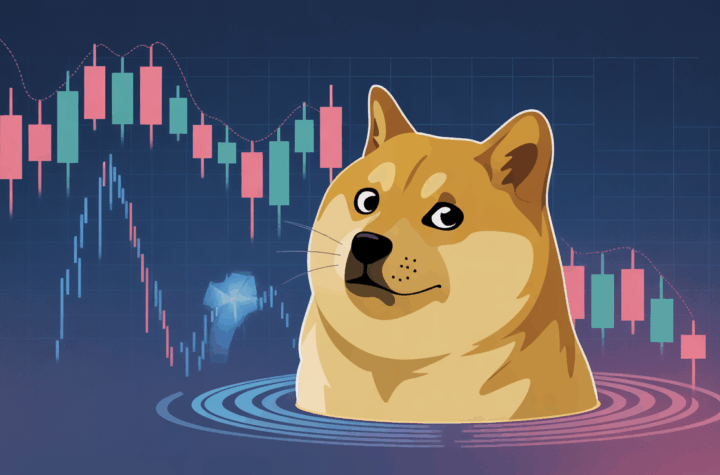
Gold Price Targets Raised as Geopolitical Risks and Central Bank Accumulation Drive Demand
Prominent financial institutions are raising their gold price targets, driven by escalating fears of trade wars and increased gold buying by central banks.
This week, strategists at Citi and UBS updated their gold price forecasts, anticipating the precious metal’s bull market will persist amid geopolitical tensions and economic volatility. Gold-backed cryptocurrencies, including PAXG and XAUT, have also benefited from this trend, reflecting the same upward momentum as the physical metal. These tokens, secured by physical gold in vaults, have been outperforming the broader cryptocurrency sector during times of uncertainty.
Citi has increased its short-term gold price target to $3,000 per ounce, raising its annual forecast to $2,900, up from $2,800. The bank attributes this adjustment to growing concerns over global economic growth and rising demand for a safe haven.
Similarly, UBS has boosted its 12-month gold price target to $3,000 per ounce, a rise from $2,850. Gold has already exceeded this new target, currently trading at $2,860, reflecting a 9% increase year-to-date.
Mark Haefele, UBS’s Chief Investment Officer, noted in a report that gold’s continued role as a “store of value and hedge against uncertainty” has once again proven essential. Citi added that the growing trend of trade tensions and geopolitical instability is reinforcing the shift toward reserve diversification and de-dollarization, supporting stronger gold demand, particularly in emerging markets.
As global uncertainties persist, both Citi and UBS anticipate that gold, alongside gold-backed tokens, will continue to see robust demand due to central bank purchases and investor interest in the precious metal as a safe haven.






More Stories
DOGE drops to $0.18 amid long-term holder exits and a looming death-cross price pattern.
Asia Markets: Cautious Calm Settles Over Bitcoin as Risk Positions Rebuild
“Analyst Dubs It ‘Bitcoin’s Silent IPO’ While Dissecting Market Stagnation in Viral Essay”